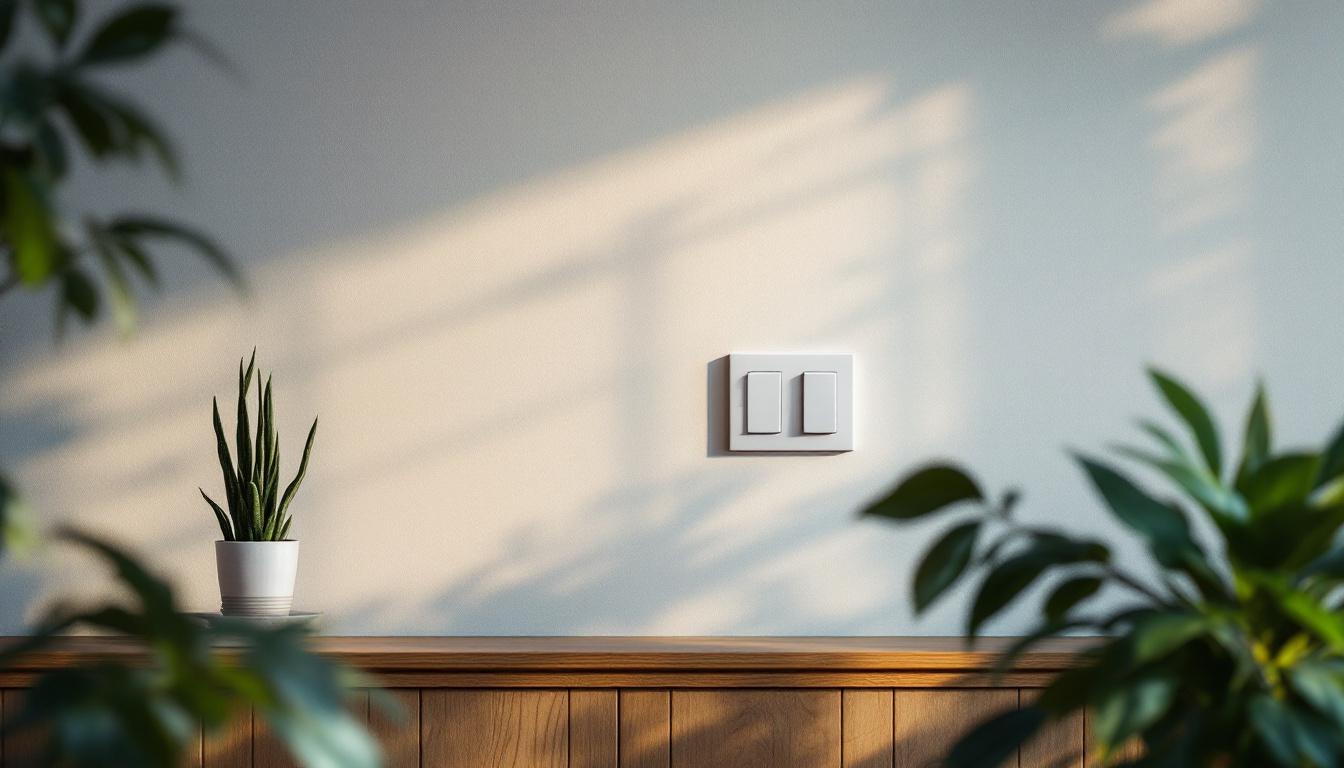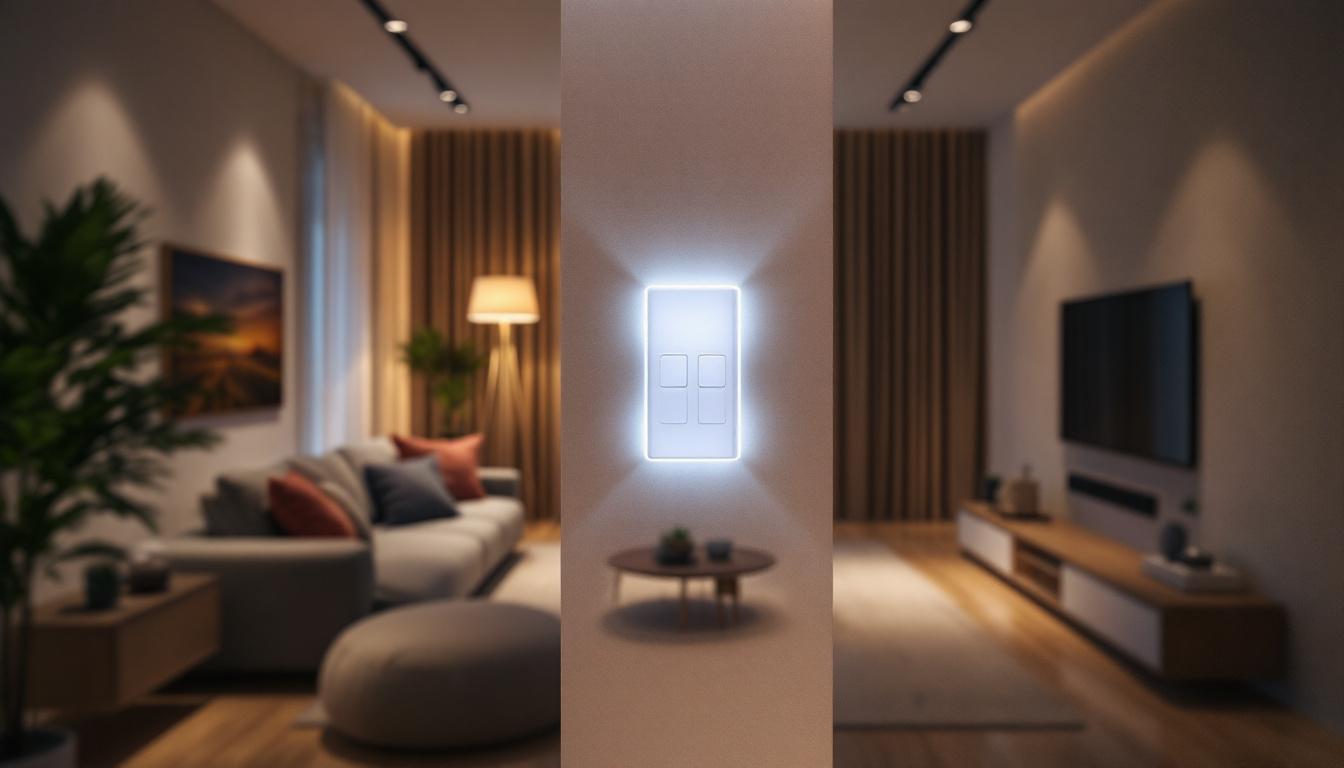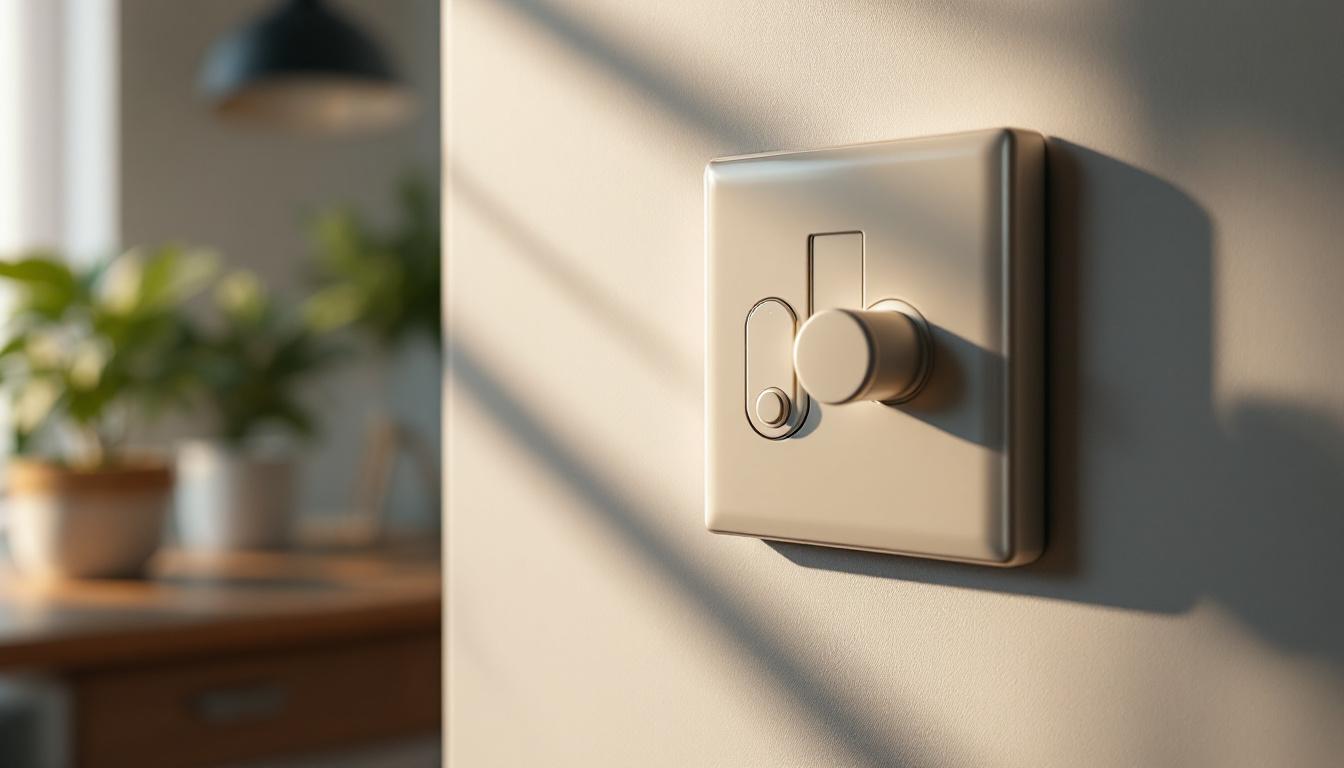When it comes to designing a home, the details matter. And one detail that often gets overlooked is the humble light switch. It might seem trivial, but the placement of light switches can significantly impact the functionality and flow of a space. Imagine walking into a room and fumbling around in the dark, or having to stretch awkwardly to reach a switch. Not ideal, right? Let’s explore the ins and outs of light switch placement, ensuring your home is not just beautiful but also practical.
Understanding the Basics of Light Switch Placement
Before diving into specific locations, it’s essential to grasp the fundamentals of light switch placement. The primary goal is to make switches easily accessible and intuitive to use. Think about how you move through your space. Where do you enter and exit rooms? Where do you typically stand when you want to turn on the lights? These questions will guide your placement decisions.
Height Matters
First off, let’s talk about height. The standard height for light switches is about 48 inches from the floor. This height is generally comfortable for most adults, but if you have children or individuals with disabilities in your home, consider adjusting the height accordingly. A lower switch can make a world of difference for little ones or those who may have difficulty reaching. Additionally, it’s worth noting that in commercial settings, regulations may dictate specific heights for accessibility compliance, ensuring that all individuals can operate the switches without hindrance.
Location, Location, Location
Next up is location. It’s crucial to think about where you place your switches in relation to doors. Ideally, switches should be located on the side of the doorframe that you approach when entering a room. This way, you can easily flip the switch as you walk in, illuminating the space before you even step inside. Furthermore, consider the possibility of placing switches near the top of staircases or at the bottom, allowing for safe navigation in dimly lit areas. This attention to detail can significantly enhance safety and comfort in your home.
Consider the Flow of the Space
Also, consider the flow of the space. In larger rooms or open floor plans, multiple switches might be necessary. Think about adding dimmer switches or three-way switches that allow you to control the lighting from different entrances. This flexibility enhances the usability of the space, making it more inviting and functional. Moreover, incorporating smart lighting solutions can further revolutionize your lighting experience. With smart switches, you can control lights remotely via an app or voice commands, allowing for an even greater level of convenience and customization tailored to your daily routines.
Additional Considerations for Special Areas
When planning for light switch placement, don’t overlook specific areas that may require special attention. For instance, in kitchens, consider placing switches near the entry points but also near workspaces, such as countertops or islands, where food preparation occurs. This ensures that you have adequate lighting when you need it most. In bathrooms, a switch should be easily accessible but also positioned to avoid getting wet, ideally outside the room or on a wall that’s away from the shower or bathtub. These thoughtful placements can enhance both safety and functionality in your home.
Creating a Cohesive Design
Lastly, think about how your light switches fit into the overall design aesthetic of your home. Light switches come in various styles and finishes, allowing you to choose options that complement your decor. Whether you prefer sleek modern designs or classic vintage styles, selecting the right switch can add a polished touch to your interiors. Additionally, consider the use of wall plates that match your wall color or decor theme, creating a seamless look that integrates beautifully into your space. This attention to detail not only enhances the visual appeal but also contributes to a cohesive design throughout your home.
Common Mistakes to Avoid
Even seasoned designers can make mistakes when it comes to light switch placement. Here are a few common pitfalls to be aware of:

Ignoring the Entry Points
One of the biggest mistakes is not considering all entry points. If a room has multiple doors, ensure that each entry has a switch nearby. It’s frustrating to enter a room and find yourself stumbling around in the dark because there’s no switch within reach. Additionally, consider the flow of movement in your home. Placing switches at logical points can enhance the user experience, ensuring that they are easily accessible without requiring awkward maneuvers. For instance, in a hallway leading to multiple rooms, a centrally located switch can provide convenient access for all users, minimizing the risk of accidents and improving overall safety.
Overlooking Aesthetic Integration
Another mistake is failing to integrate switches aesthetically with the overall design. Light switches are not just functional; they can also be a design element. Choose finishes and styles that complement your decor. For instance, if your home features a lot of vintage elements, look for switches with a classic design. This attention to detail enhances the overall ambiance of your space. Furthermore, consider the placement of switches in relation to other design elements like wall art or furniture. A well-placed switch can draw the eye and contribute to the room's visual harmony, while a poorly positioned one can disrupt the flow and feel out of place. Think of your switches as part of the decor narrative, where each piece contributes to the story of your home.
Neglecting the Importance of Lighting Control
Lastly, don’t overlook the importance of lighting control. Think about how you want to use the light in each room. Do you need bright lighting for tasks, or do you prefer softer, ambient light for relaxation? Dimmer switches can provide versatility, allowing you to adjust the brightness according to your needs. Moreover, consider the use of smart lighting systems that can be controlled via smartphone apps or voice commands. This technology not only adds convenience but also allows for programmable settings that can adapt to different times of day or activities, enhancing both functionality and energy efficiency. By embracing these modern solutions, you can create a dynamic lighting environment that caters to your lifestyle and preferences, ensuring that every room in your home feels just right at any given moment.
Room-Specific Recommendations
Now that we’ve covered the basics and common mistakes, let’s get into some room-specific recommendations. Different spaces have unique lighting needs, and the switch placement should reflect that.
Living Room
In the living room, consider placing switches near the main entrance. If there are multiple entrances, think about adding additional switches for convenience. Also, think about using three-way switches if the room is large. This way, you can control the lighting from different areas, making it easy to create the perfect atmosphere.
Kitchen
The kitchen is another area where strategic switch placement is essential. Place switches near the entry points, but also consider installing them near work areas, such as above countertops or islands. This allows for easy access when you’re cooking or preparing food. Additionally, under-cabinet lighting can be controlled with a switch that’s easily reachable while working.
Bedroom
In bedrooms, it’s common to have switches near the door, but don’t forget about bedside lamps. Consider adding switches that control lamps on either side of the bed, so you don’t have to get up to turn off the lights. This small detail can make winding down for the night much more convenient.
Embracing Technology
As technology evolves, so do our lighting options. Smart home technology has made it easier than ever to control lighting with just a tap on your phone or a voice command. Here are a few ways to incorporate smart technology into your light switch placement:

Smart Switches
Smart switches can be placed in traditional locations but offer added functionality. With these, you can control your lights remotely, set schedules, and even adjust brightness levels. This flexibility is perfect for those who want to enhance their home’s efficiency and convenience.
Voice-Controlled Lighting
Voice-controlled lighting systems can also change the way you think about switch placement. If you have a system like Amazon Alexa or Google Home, you might find that you don’t need physical switches in every location. However, it’s still wise to have them in key areas for those times when technology fails or when guests are unfamiliar with your setup.
Integrating with Home Automation
Consider integrating your lighting with other home automation systems. For instance, you can set your lights to turn on automatically when you arrive home or adjust based on the time of day. This not only enhances convenience but also adds an extra layer of security.
Final Thoughts on Light Switch Placement
Ultimately, the placement of light switches might seem like a minor detail, but it plays a significant role in the overall functionality and feel of your home. By considering height, location, and the specific needs of each room, you can create a space that is not only beautiful but also practical.

Remember, the goal is to make your home a place where you feel comfortable and at ease. Thoughtful light switch placement contributes to that comfort, allowing you to move through your space with ease and confidence. So, as you design or renovate your home, don’t forget to give those little switches the attention they deserve. After all, they’re the unsung heroes of your home’s lighting design!
With these tips in mind, you’re well on your way to creating a home that feels just right, where every detail, even the light switches, contributes to a harmonious living environment. Happy designing!
Illuminate Your Historical Home with Residence Supply
Now that you understand the importance of optimal light switch placement, it's time to bring that knowledge into your historical home with elegance and style. At Residence Supply, we offer a curated selection of handcrafted lighting fixtures that blend seamlessly with the character of your space. From exquisite chandeliers to artisan-crafted light switches, our pieces are more than just functional—they are timeless works of art. Elevate the ambiance of your home with our meticulously designed collection. Shop Now and transform your space into a testament to both heritage and innovation.

